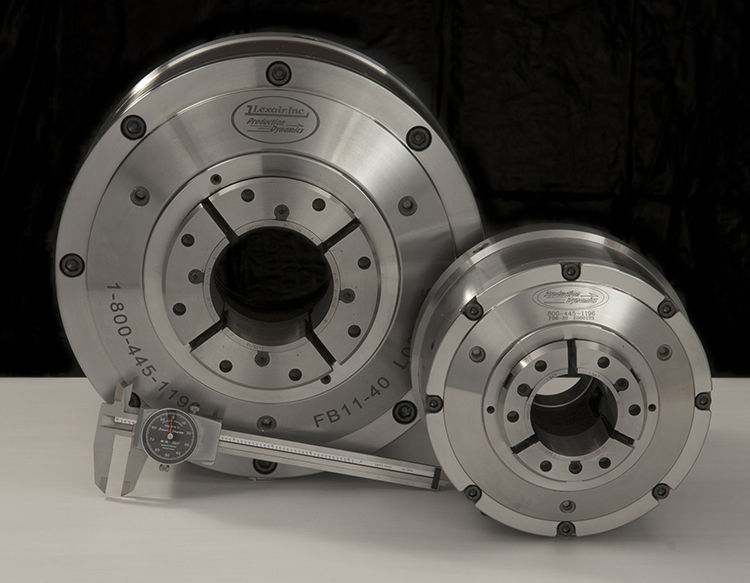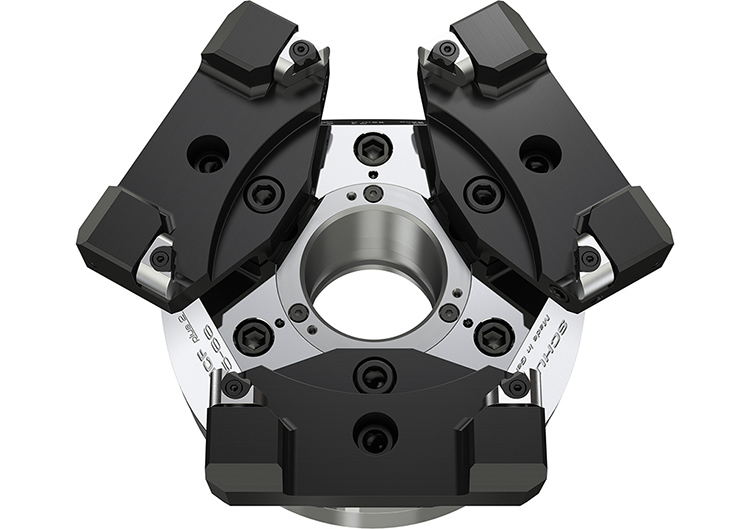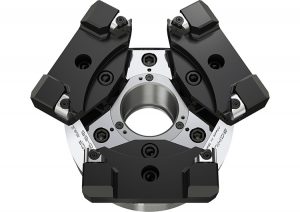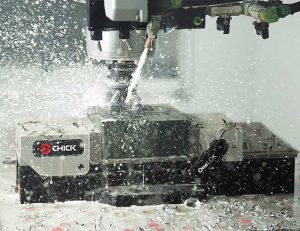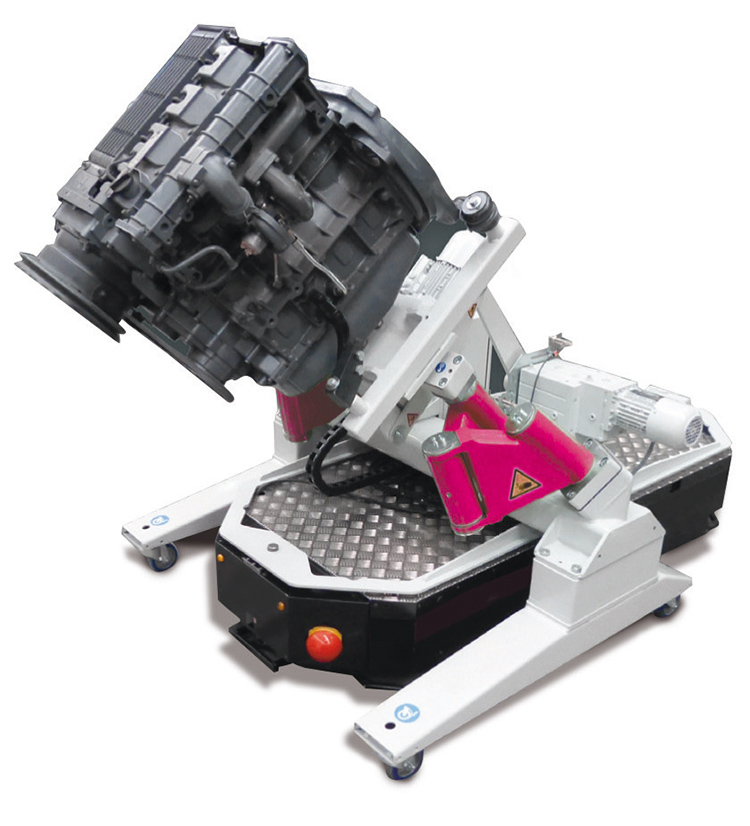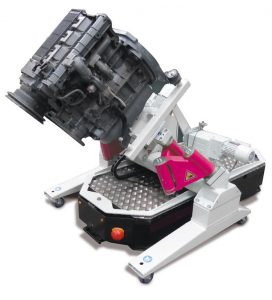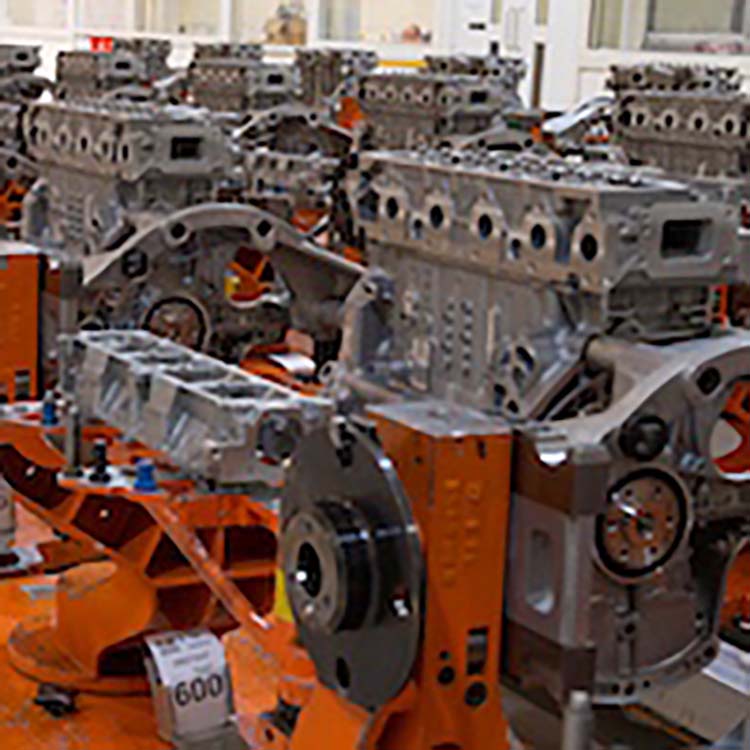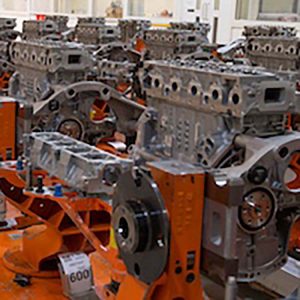Available in the UK from Leader Chuck, Lexair’s full-bore, fixed length, self-contained collet chuck allows full capacity spindle operation, due to elimination of the draw-tube. When using the full-bore chuck, spindle capacity is boosted as much as 30% and clamping pressure is unaffected by centrifugal force, regardless of spindle speed. An adjustable grip lightly grasps delicate tubing or clamps tight for deep rough-cutting operations. Intended for bar feeding or slugging, the chuck can be used on main or sub spindles, rotary indexers and machining centre tables.
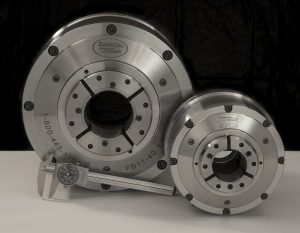
The chuck’s open/close time is less than half a second and it provides true dead length clamping with no drawback. A mechanical locking action holds the workpiece, even without air pressure, for failsafe operation. The chuck uses air to release the work, rather than secure it, and spring force holds the workpiece while it is being machined. Lexair’s collet chuck has full concentricity adjustment to help maintain accuracy when using Master collets with S-type pads.
Available in seven models with body diameters from 150 to 355 mm, the collet chuck offers bar capacity from 50 to 140 mm. The chuck also features direct spindle mounting for A5, A6, A8 and A11 tooling.
For further information www.leaderchuck.com






